aboard_epsilon
Titanium
- Joined
- Mar 19, 2003
- Location
- North Wales GB
Been doing a lot of work on the car as of late .
I've been putting a lot of my ideas on another car forum ..
Thought I would share them with you lot here as well.
This is my poor mans guide to extracting broken studs...IF YOU don't have oxyacetylene or engineers tools...I'm sure many people who read here have neather...so here goes.
I demonstrated these methods on the rover car forum ..to try to show all is not lost and with a basic welder you can win.
SHOWN ON THE BENCH ...BUT CAN BE DONE INSITU
This is what happened when I tried to remove my exhaust to manifold nuts.
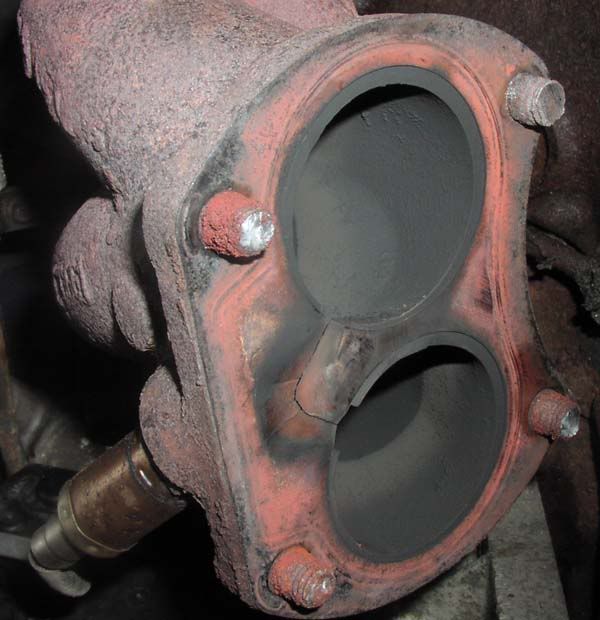
And my cheap and cheerful methods.
Method 1
Well I started off with a stud extractor and a bar ...NO GOOD ..it feels like its going to slip off..
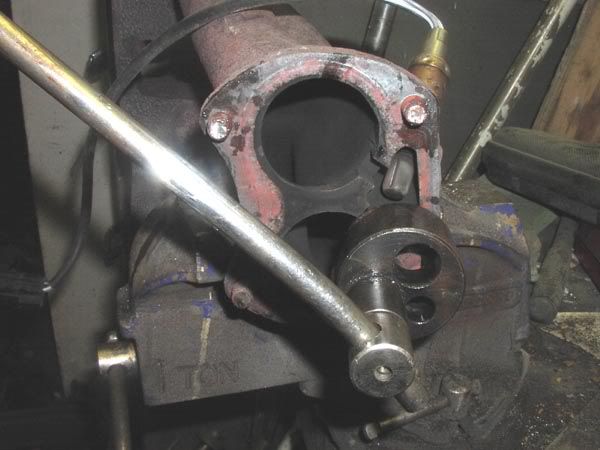
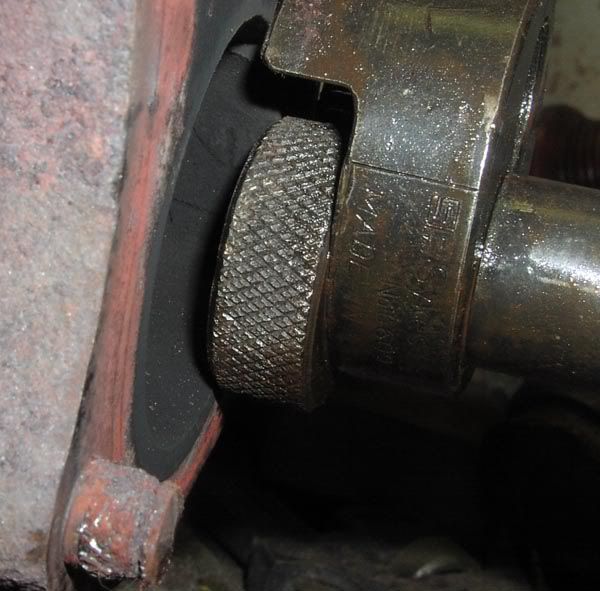
Method 2
then moved on to stud extractor and an air impact wrench ...NO GOOD...it still is trying to twist off the stud and shear it flush ...no movement at all !!!
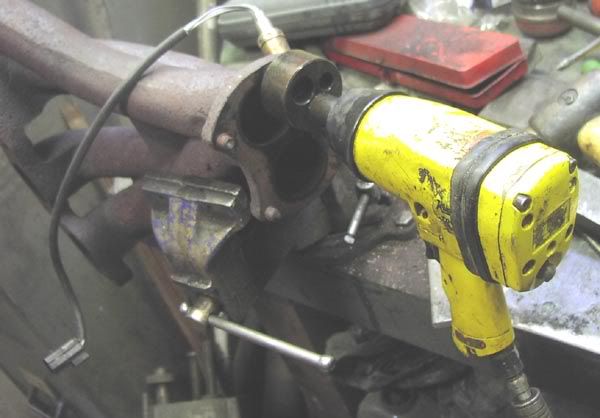
Method 3
I knew 1 and 2 wouldn't work ..but felt I had to show other methods here ..
Any-hows on-to my favourite method.
1. Put an over-sized nut over remains stud, piece of steel is to protect lamda sensor.
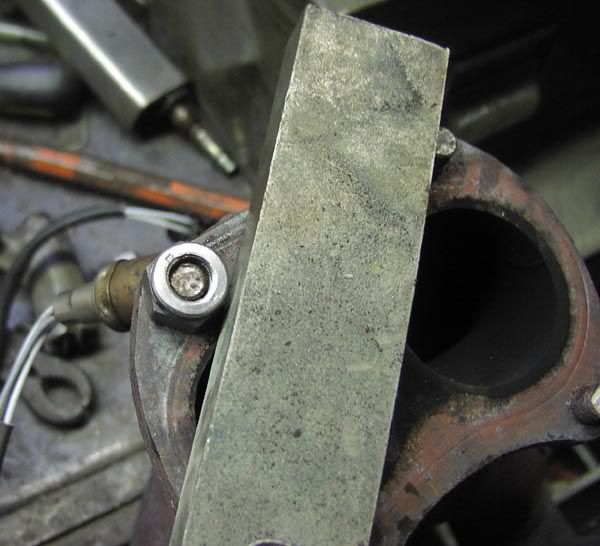
2,Have your welder set at max .(mine was 180 amps) ..........and fill nut with weld and join to stud,
This has two effects :-
A ..It joins the nut on to stud almost permanently, so allows good grip with socket ........
B...It cooks the stud .....so expanding,contracting and heating it up many times hotter than it would have been, even heated by the exhaust...and breaks its hold, you may have to weld a nut on many times to each stud, as the nuts shear off several times, during this method.

All out ...the threads are undamaged ..the photo is showing ..just dirt....two hours work, it would be possible to do this on the car in-situ, That's if you like welding upside down
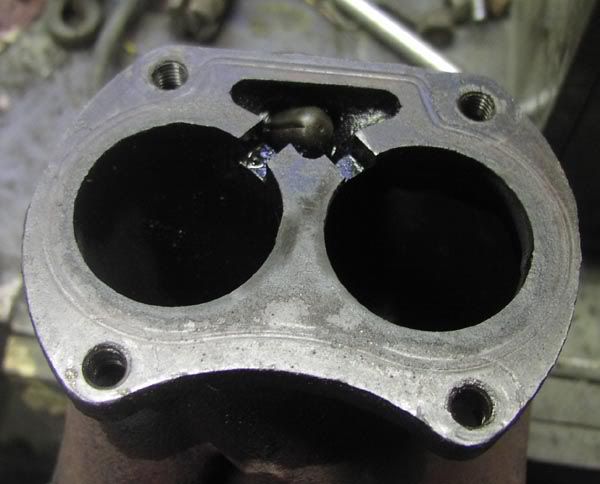
carries on...
I've been putting a lot of my ideas on another car forum ..
Thought I would share them with you lot here as well.
This is my poor mans guide to extracting broken studs...IF YOU don't have oxyacetylene or engineers tools...I'm sure many people who read here have neather...so here goes.
I demonstrated these methods on the rover car forum ..to try to show all is not lost and with a basic welder you can win.
SHOWN ON THE BENCH ...BUT CAN BE DONE INSITU
This is what happened when I tried to remove my exhaust to manifold nuts.

And my cheap and cheerful methods.
Method 1
Well I started off with a stud extractor and a bar ...NO GOOD ..it feels like its going to slip off..


Method 2
then moved on to stud extractor and an air impact wrench ...NO GOOD...it still is trying to twist off the stud and shear it flush ...no movement at all !!!

Method 3
I knew 1 and 2 wouldn't work ..but felt I had to show other methods here ..
Any-hows on-to my favourite method.
1. Put an over-sized nut over remains stud, piece of steel is to protect lamda sensor.

2,Have your welder set at max .(mine was 180 amps) ..........and fill nut with weld and join to stud,
This has two effects :-
A ..It joins the nut on to stud almost permanently, so allows good grip with socket ........
B...It cooks the stud .....so expanding,contracting and heating it up many times hotter than it would have been, even heated by the exhaust...and breaks its hold, you may have to weld a nut on many times to each stud, as the nuts shear off several times, during this method.

All out ...the threads are undamaged ..the photo is showing ..just dirt....two hours work, it would be possible to do this on the car in-situ, That's if you like welding upside down


carries on...


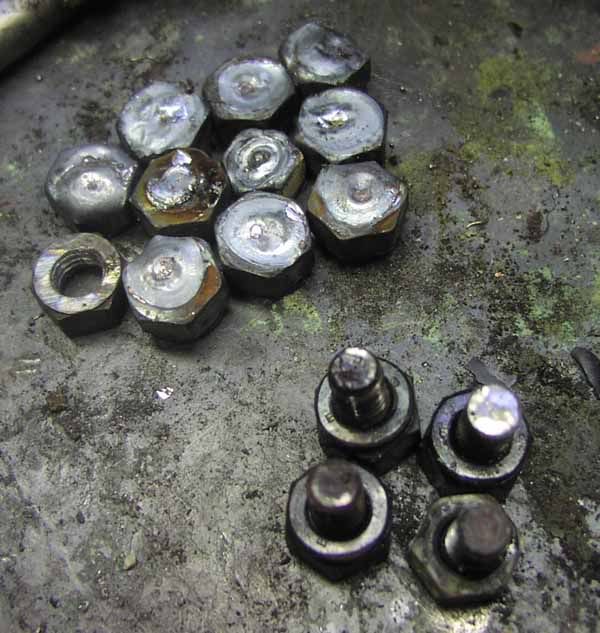

 With MIG, about half my attempts shear off before the bolt moves.
With MIG, about half my attempts shear off before the bolt moves. )
)